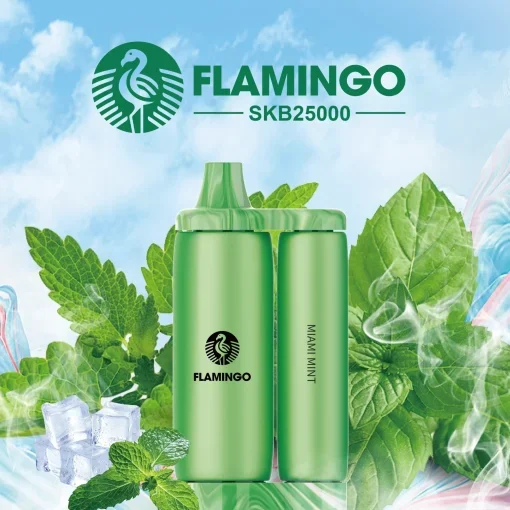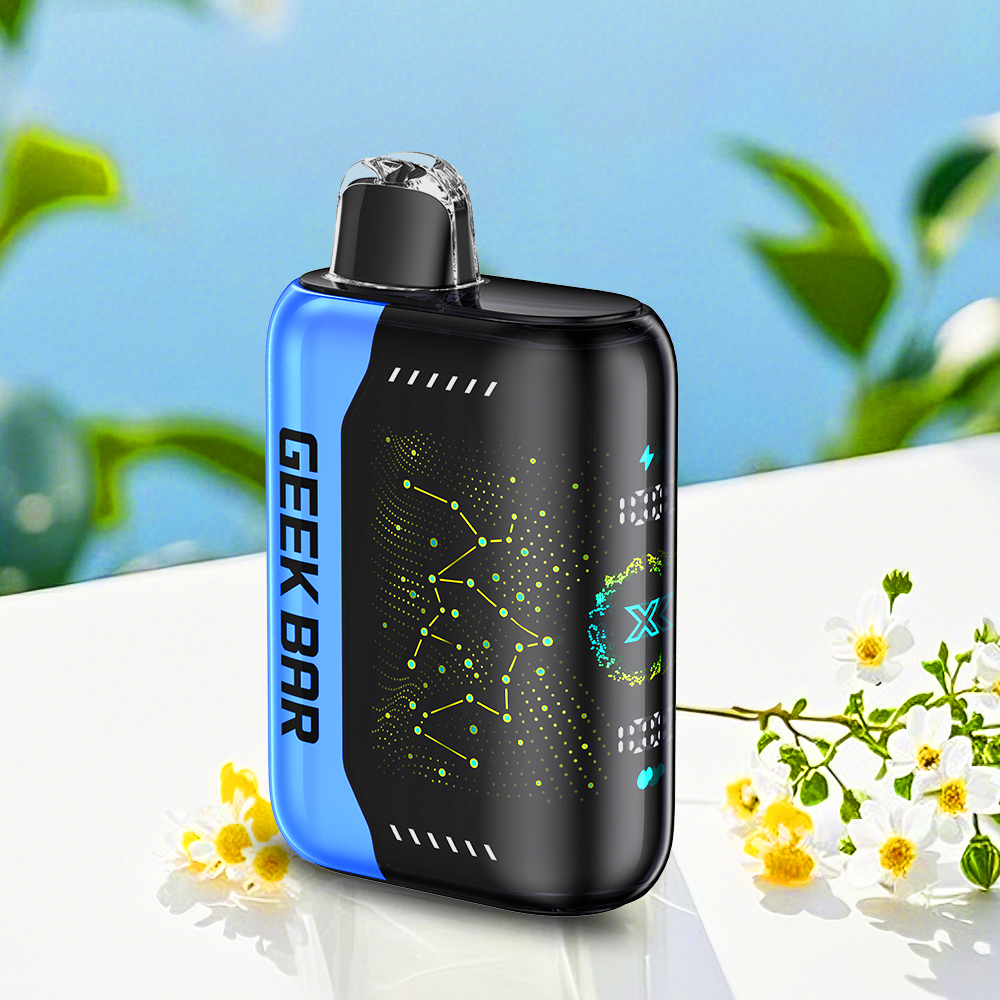Vaping Culture: Exploring the Rise of Vape Pens in Smoke Shops
The landscape of smoking has undergone a significant transformation in recent years, with vape pens emerging as a prominent choice for both new and seasoned smokers. This shift has sparked discussions about the benefits, risks, and cultural implications of vaping, particularly in smoke shops where vaping products have become best-sellers. In this article, we will delve deep into the captivating world of vape pens, examining their increasing popularity, varieties, and their profound impact on smoking culture.
The Evolution of Smoking: From Cigarettes to Vape Pens
Smoking has a long history, often celebrated for its social aspects. For generations, cigarettes were the norm, accompanied by a wide array of smoking accessories. However, as health awareness grew, so did the demand for alternatives. Enter the vape pen – a sleek, often understated device that promised to deliver satisfaction without the detrimental side effects associated with traditional smoking methods.
Introduced in the early 2000s, vape pens quickly gained popularity due to their portability and the variety of e-liquid flavors available. Smoke shops adapted to this trend, offering a plethora of vaping products to cater to an ever-growing audience. Today, vape pens have carved out a niche, powerfully reshaping smoking culture as a whole.
The Mechanics Behind Vape Pens
At its core, a vape pen is a battery-operated device that heats a liquid solution, converting it into vapor which is then inhaled. This liquid, often referred to as e-liquid or vape juice, typically contains nicotine, flavoring agents, and vegetable glycerin or propylene glycol.
- Battery: The heart of a vape pen, the battery powers the heating element.
- Atomizer: This component heats the e-liquid, creating vapor.
- Cartridge: Holds the e-liquid, allowing users to easily switch flavors.
- Drip Tip: The mouthpiece from which users inhale the vapor.
Understanding these components can help consumers, particularly first-time buyers, make better choices when selecting their vaping devices. Smoke shops often provide guidance to help customers choose a pen that suits their lifestyle and preferences.
Trendy Flavors: A Key Selling Point
One of the most alluring aspects of vaping is its extensive range of flavors. Unlike traditional cigarettes, which typically offer only a few taste options, e-liquids can come in an almost limitless variety of flavors, ranging from fruity concoctions to dessert-like delights. Smoke shops thrive on this unique selling proposition, often showcasing seasonal flavors and limited-edition releases to entice customers.
Some popular categories of e-liquid flavors include:
- Fruits: Strawberry, watermelon, and mango are among the fan favorites.
- Desserts: Flavors like vanilla custard and chocolate cake bring a sweet twist.
- Mints and Menthols: Providing a refreshing burst with every puff.
- Beverages: Coffee, cola, and mixed drinks find their way into vape liquids.
This diversity not only attracts smokers looking for variety but also those who may be new to smoking and hesitant to try traditional tobacco flavors. For many, the excitement of discovering new flavors enhances the overall vaping experience.
The Role of Smoke Shops in Vaping Culture
Smoke shops have emerged as cultural hubs where enthusiasts can come together to browse, learn, and share their experiences. These establishments do more than just sell vape pens; they foster communities. Customers often visit smoke shops not just to make purchases but to engage in conversations about vaping, exchange recommendations, and find support in quitting traditional cigarettes.
Dedicated staff members, often passionate vapers themselves, serve as valuable resources for customers, providing information on the latest products and trends. This emphasis on community engagement sets smoke shops apart from online retailers, as the personal interaction can enhance customer loyalty.
The Safety Debate: Vaping vs. Smoking
While vaping is often marketed as a safer alternative to smoking, it's not without its controversies. Research surrounding the long-term health effects of vaping is still evolving, leading to divided opinions among experts. Some studies suggest that vaping has fewer harmful effects compared to smoking traditional cigarettes, while others raise concerns about the potential addiction to nicotine and other health risks associated with vaping.
This debate plays a significant role in how smoke shops market their products. While some shops pride themselves on offering a variety of nicotine levels to help users taper off, others may promote vaping as a recreational activity, leaving customers to navigate the health implications on their own.
Regulations and Compliance: Navigating Vaping Laws
The vaping industry is subject to a myriad of regulations that can vary widely from one region to another. Smoke shop owners must stay informed about local laws regarding the sale of vape products, age restrictions, advertising regulations, and health warnings. Compliance not only protects the business but also plays a crucial role in shaping public perception of vaping.
Many smoke shops proactively educate their customers about these laws, often putting up signage that reflects the legal requirements. This helps promote awareness and ensures that their patrons can enjoy vaping responsibly.
The Future of Vaping in Smoke Shops
As vaping continues to grow in popularity, the future of smoke shops appears promising. With the rise of new technology, including advanced vape pen designs and customizable features, smoke shops are poised to adapt to changing consumer preferences.
Moreover, as more people seek information about vaping and its potential risks and benefits, smoke shops can position themselves as trusted sources of information. Through community events, workshops, or collaborations with health professionals, these establishments could play a vital role in educating customers about safe vaping practices.
In summary, the rise of vape pens in smoke shops signifies a major shift in smoking culture, marked by innovation, community engagement, and an emphasis on safety. As we continue to explore this dynamic landscape, it is essential for both consumers and industry players to remain informed and engaged in the ongoing dialogue surrounding vaping.





